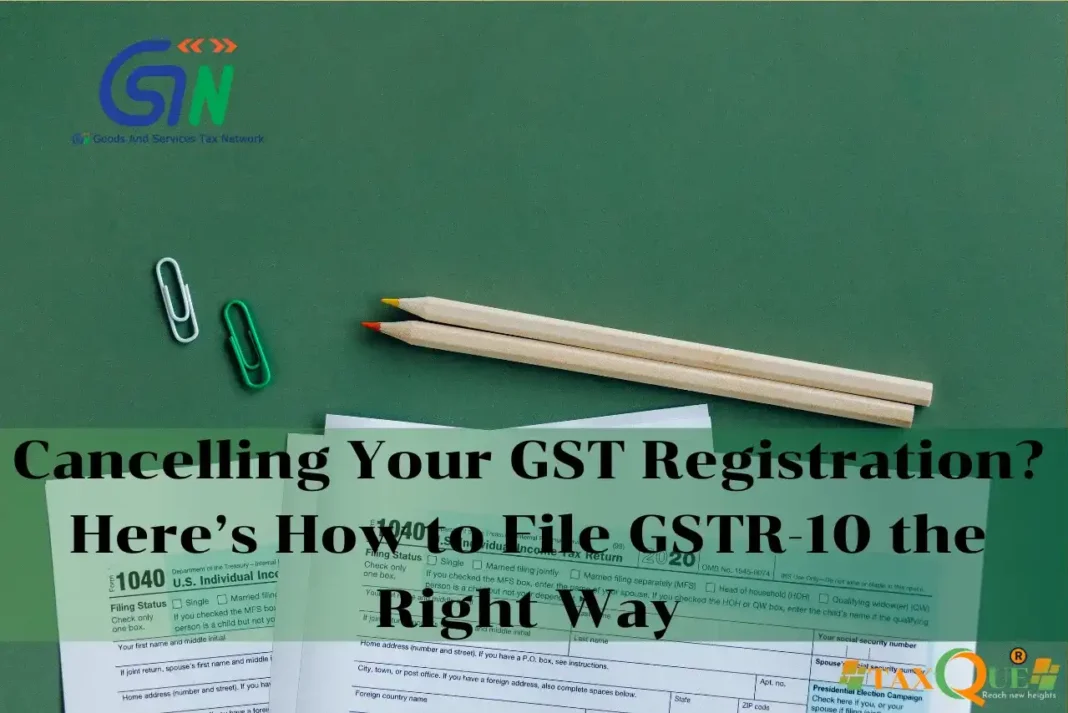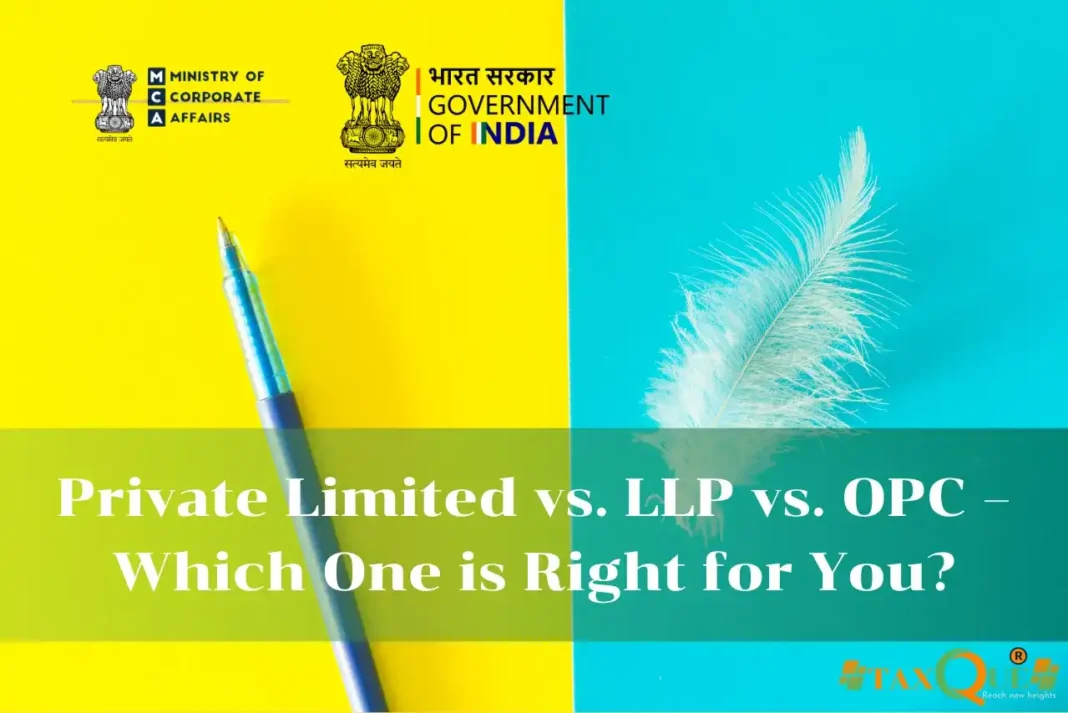Cancelling Your GST Registration? Here’s How to File GSTR-10 the Right Way
Introduction
GSTR-10, also known as the Final Return, is a crucial compliance requirement for taxpayers whose GST registration has been cancelled or surrendered. It ensures that all pending tax liabilities and stock details are disclosed to the government. Filing GSTR-10 accurately and on time is essential to avoid penalties and legal complications. In this guide, we walk you through who needs to file GSTR-10, when it should be filed, and how to complete the process correctly on the GST portal.
What is GSTR-10?
GSTR-10 is the final return form that must be filed by every registered person (except Input Service Distributors, non-resident taxpayers, and composition taxpayers) whose GST registration has been cancelled or surrendered. The purpose of this return is to declare details of:
- Inputs and capital goods held in stock on the date of cancellation
- Tax liabilities on such goods
- Payments and adjustments to be made before closure
Why It Matters
- Legally mandatory for all regular taxpayers canceling their GST registration.
- Ensures proper closure of tax records with the government.
- Avoids penalties of ₹100 per day (₹50 CGST + ₹50 SGST).
- Acknowledges final tax liability based on stock and ITC reversal.
Step-by-Step Guide to File GSTR-10
Step 1: Log in to the GST Portal
Visit www.gst.gov.in and use your credentials to log in.
Step 2: Navigate to GSTR-10
Under the “Services” tab, go to Returns > Final Return and select GSTR-10.
Step 3: Fill in Basic Details
Enter the ARN of the application for cancellation, effective date of cancellation, and date of cancellation order.
Step 4: Provide Stock Details
Add details of:
- Inputs held in stock
- Inputs contained in semi-finished and finished goods
- Capital goods held
- Tax payable on these goods
Step 5: Pay Tax Liability
Calculate tax based on stock details. Pay the outstanding liability via the electronic cash ledger.
Step 6: Preview and Submit
Use the “Preview” option to download a draft PDF of GSTR-10. Once verified, click “Submit.”
Step 7: File Using DSC or EVC
Click “File GSTR-10” using either your Digital Signature Certificate (DSC) or Electronic Verification Code (EVC).
Step 8: Download Acknowledgement
After successful filing, download the confirmation receipt and ARN for your records.
Common Mistakes to Avoid
- Missing the due date (within 3 months of cancellation).
- Incorrect or incomplete declaration of stock.
- Forgetting to pay the final tax liability before submission.
- Filing without cross-verification from accounting records.
- Not downloading and preserving the acknowledgement copy.
Conclusion
Filing GSTR-10 is a critical step when exiting the GST system. This final return ensures all pending liabilities are cleared, and your business exits the GST regime lawfully. Following this step-by-step guide will help you stay compliant and avoid last-minute issues. Always consult your tax advisor or CA to double-check calculations before submission.
FAQs
Q1. Who is required to file GSTR-10?
All registered taxpayers (except ISDs, non-residents, and composition taxpayers) whose GST registration has been cancelled.
Q2. What is the due date for GSTR-10?
It must be filed within three months from the date of cancellation or order of cancellation, whichever is later.
Q3. Can GSTR-10 be revised?
No, GSTR-10 once filed cannot be revised. It is advisable to review data carefully before submission.
Q4. What happens if I don’t file GSTR-10?
A late fee of ₹100 per day (₹50 CGST + ₹50 SGST) is applicable, subject to a maximum of ₹5,000.
Q5. Is there any penalty for incorrect stock declaration?
Yes, misreporting or non-disclosure may result in further scrutiny and penalties from the GST department.





